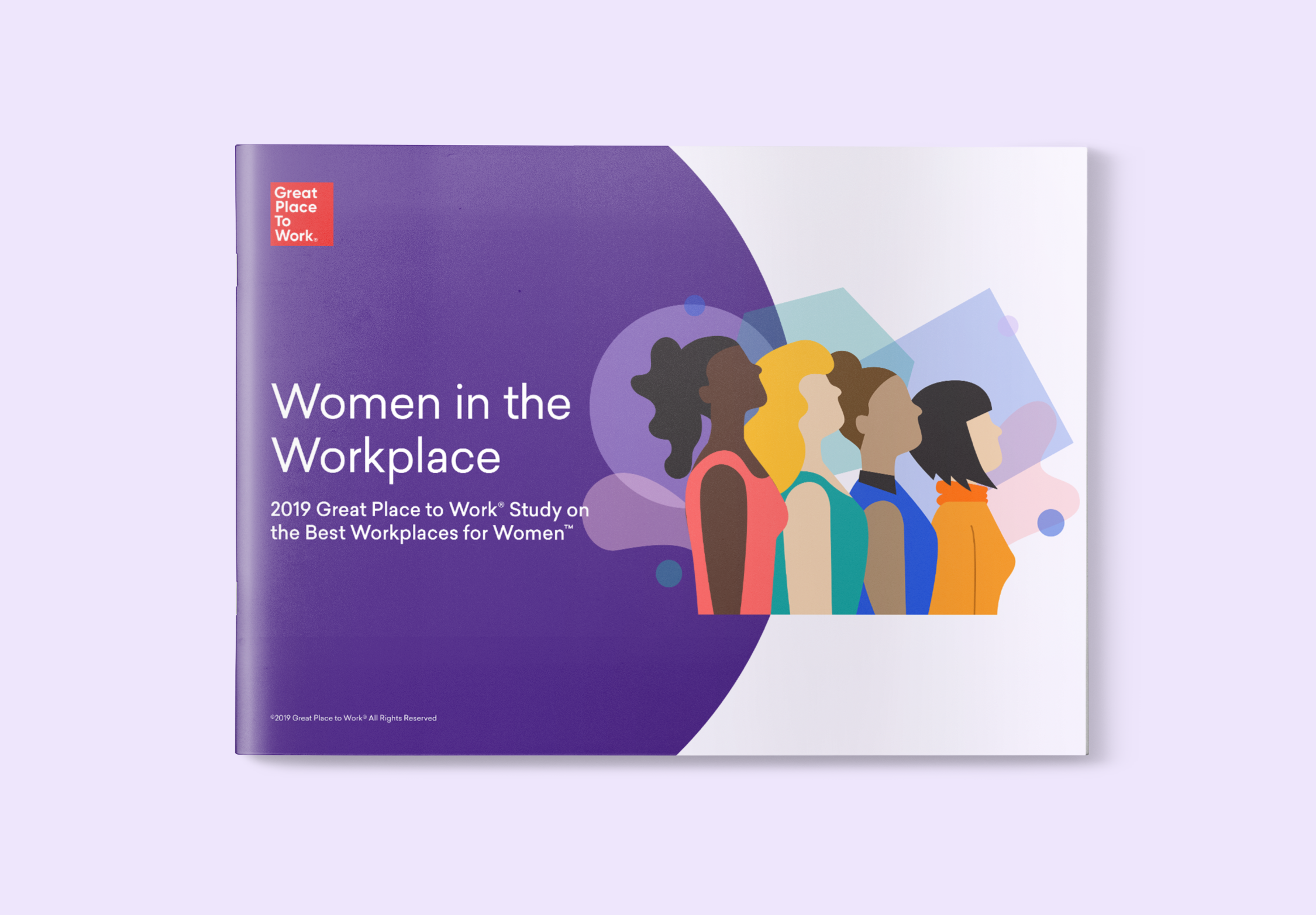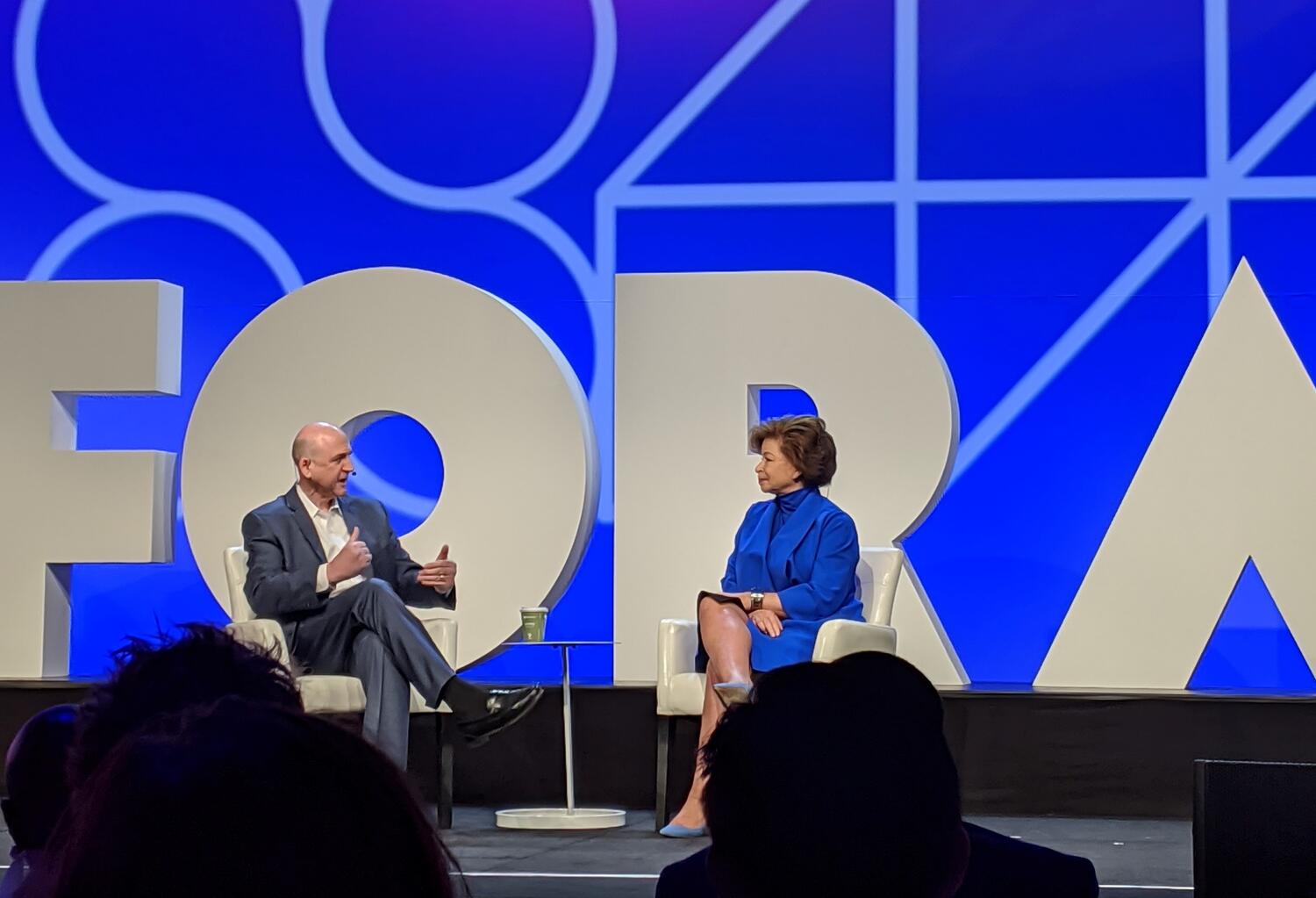The Detroit-based bank, No. 71 on the 2023 Fortune Best Companies to Work For® List, shares tips for building belonging for all employees.
You’re going to hear a lot more about psychological safety in 2024.
After the Supreme Court struck down Affirmative Action last June, companies have been reevaluating their diversity, equity, inclusion & belonging (DEI&B) approach and messaging. Mentions of “diversity” or “inclusion” dropped 54% among Russell 3000 Index companies, when comparing financial quarters year-over-year.
Glassdoor reported that access to diversity programs declined in 2023, continuing a two-year trend of declining access. DEI&B professionals also report fewer job openings and opportunities to work with U.S. companies.
Attend our annual company culture conference May 7-9, 2024
However, the business case for DEI&B hasn’t changed. It’s become more important than ever for companies to make sure that everyone feels safe in the workplace.
Focusing on belonging
For Reggie Willis, chief diversity officer at Ally Financial, psychological safety is a crucial ingredient for creating belonging in the workplace.
“It’s really about people feeling safe to speak up for themselves, to speak up for a situation,” says Willis. “People should be willing and able if they see something, to say something as it relates to their experience in the work environment — and do that without fear of repercussion.”
To have an effective DEI&B strategy, you must first establish trust and psychological safety for every employee to engage.
“It changes the way people approach how they come to work,” Willis explains. Instead of being in an environment where you feel pressure to assimilate, employees with psychological safety feel secure and empowered to express their personal values.
The power of consistency
"Where you lose some of this psychological safety is when there’s this perception that you’re in it, then you’re out of it." - Reggie Willis, chief diversity officer, Ally Financial
The No. 1 ingredient for building trust and creating psychological safety is consistency, Willis says. “Can you continue to create that opportunity where people feel like they can speak up?” That requires consistency in how you seek out conversations with employees and how you conduct those conversations, asking questions that surface authentic responses.
“As humans, our natural reaction is to defend ourselves,” Willis says. However, a defensive response to employee feedback risks damaging psychological safety for employees who are taking a risk to share their experience.
“You’ve got to be willing to listen — not just listening to react, but listening for understanding,” Willis says.
Organizational support
While it’s up to individuals to support the psychological safety of their colleagues and teams, the organization is responsible for building structures that support psychological safety.
“If the organization gets it wrong, then it’s really hard for the individual to be able to try to do it on their own,” Willis says.
Here are three ways Ally Financial promotes psychological safety:
1. One-on-one meetings
“We have quarterly engagements where our leaders speak to their teams in a very formal way,” Willis says. These one-on-one conversations are in addition to any weekly touchpoints. They are designed for leaders to create the space for their direct reports to speak openly and honestly about how they are performing against their individual goals and any challenges they are facing. These conversations also foster an environment in which an employee can discuss and reflect on their interests, skills, and career plan.
Having these meetings might seem like an obvious step, but for many leaders these important touchpoints with employees can get pushed off the calendar by other pressing business needs. Frequent meetings provide employees a chance to build relationships with managers and develop the trust needed to drive stronger outcomes for everyone.
At Ally, employees are given space to give feedback at quarterly one-on-ones.
“With every engagement that you have, it needs to be a part of your thought process,” Willis says. “If it’s a weekly team meeting, a monthly status update, a quarterly business review — each one of those are opportunities to reinforce that you are creating an environment where you want people to feel comfortable sharing their thoughts.”
To be effective, Willis recommends that every employee has at least one quarterly meeting with their leader.
2. Encourage participation in employee resource groups
Ally Financial has eight employee resource groups (ERGs) where people who identify by affinity or demographic can join a small group setting to connect and learn.
ERGs support psychological safety by offering a place where people can ask questions and engage on sensitive topics in a controlled forum. Different ERGs will partner with one another to surface new information and share resources.
Ally team members are encouraged to join the conversation. “People feel safe and heard and can learn in an environment that’s low risk,” Willis says.
3. Transparent communication
How transparent a company is about its DEI&B progress will have an impact on psychological safety, Willis says. At Ally, an externally-facing web page reports progress on representation, and an internally facing site shares DEI&B messages with employees, including upcoming goals and objectives.
A bumpy road
For any company looking to increase psychological safety, leaders must be prepared for bumps in the road. Psychological safety can’t be improved with any quick fixes, but rather accretes from sustained commitment and engagement.
In the short term, efforts to change your culture might result in lower numbers on important metrics. “You’re going to be uncomfortable as a part of this,” Willis advises. “And that’s OK. You’re going to have some ups and downs, but that’s a part of evolving.”
To reassure leaders who get spooked, Willis recommends comparing efforts to improve psychological safety to other business activities, many of which have uncertain outcomes.
“In other contexts, we talk about failing fast so we get better,” says Willis. Building psychological safety is no different.
The real risk for companies comes when leaders react to trends and news headlines rather than staying true to their values. “Where you lose some of this psychological safety is when there’s this perception that you’re in it, then you’re out of it,” says Willis.
Measuring success
What metrics should you watch to for improving psychological safety?
“We’ve got some proxies in our engagement scores,” Willis says. Ally Financial measures how employees feel about their managers and about DEI&B programs at the company, as well as responses to survey questions about belonging.
Surveys are taken each year, and Ally Financial can compare year-over-year responses and then benchmark against top performing financial institutions and top companies overall. Then, leaders go a little deeper.
Focus groups provide qualitative answers, with a workforce analytics team that develops topics for discussion based on employee answers to open-ended questions on the engagement survey. Ally also interviews new employees after their first 90 days to ask if their experience matches what they were promised in the hiring process.
When talking to employees, Willis recommends finding ways to follow up when body language and nonverbal cues suggest that you aren’t getting the full story.
“Don’t just accept the ‘everything’s fine’ response,” Willis says. When you see a reaction to something, take note and then offer the employee the space, either later or privately, to share more. Willis offers this script:
“Hey, I remember when we were in this meeting, I felt like you had a reaction and maybe didn’t feel comfortable or weren’t willing to provide feedback in the moment. Can we talk about that? Because I want to make sure that I’m not, or the team is not, unintentionally creating an environment where you’re uncomfortable.”
“Many times, the first time a leader hears something they don’t want to hear, they shut things down,” Willis says. To build psychological safety, leaders must get comfortable welcoming the tough conversations and remain open to feedback.
Get more insights
Learn more strategies from our workplace culture experts at our For All™ Summit, April 8-10, 2025 in Las Vegas, NV.











